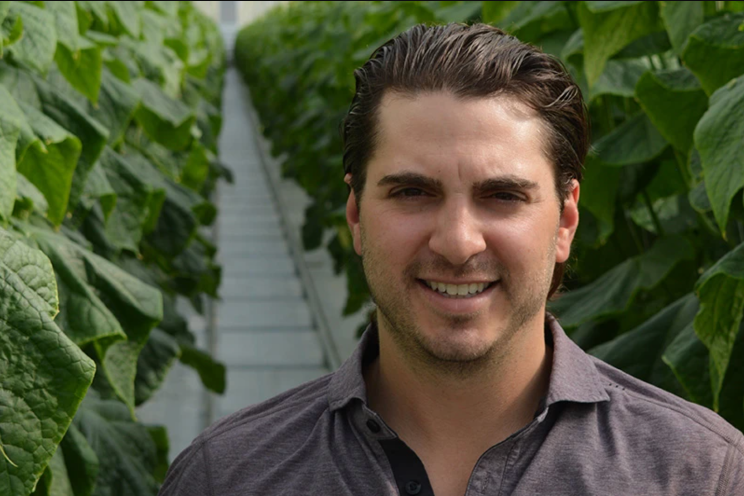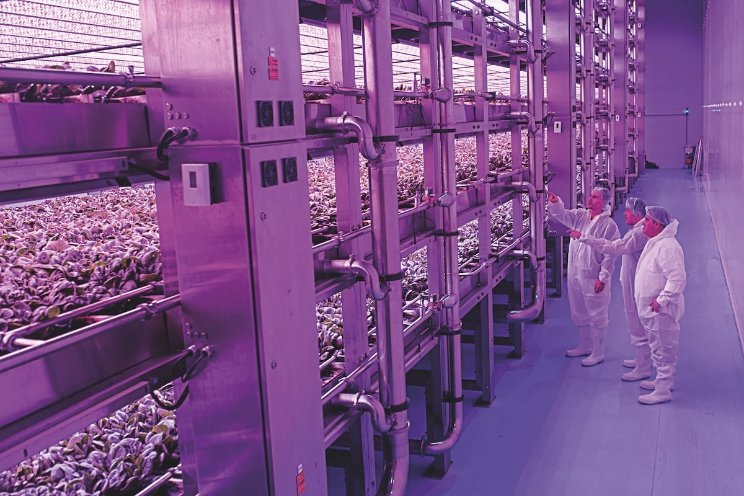France bans HHC: A new chapter in cannabis regulation
Added on 21 June 2024

Proponents of the ban argue that it is a necessary step to protect public health and safety. They cite evidence suggesting that HHC can cause severe side effects such as anxiety, paranoia, hallucinations, and even life-threatening conditions like convulsions and coma. By categorizing HHC as a narcotic, French authorities aim to prevent these potential harms and regulate the market more effectively. Supporters also believe that the ban sends a clear message about the dangers of psychoactive substances and the need for strict controls.
Studies and reports have indicated that HHC can cause a range of adverse effects, including anxiety, paranoia, hallucinations, tachycardia, hypertension, nausea, vomiting, convulsions, and in severe cases, coma. These effects can be particularly dangerous when HHC is used in combination with other substances or medications.
Another major concern is the potential for addiction and dependence. According to the French Agency for the Safety of Medicines and Health Products (ANSM), HHC exhibits a risk of abuse and dependence similar to that of delta-9 THC, the main psychoactive compound in cannabis. This risk is compounded by the fact that users might seek higher and more frequent doses to achieve the desired effects, leading to a cycle of dependence and deteriorating physical and mental health.
Pre-Ban Era
Before the recent ban, hexahydrocannabinol (HHC) had seen a rapid increase in popularity in France. Marketed as a legal alternative to THC, HHC was widely available in various forms, including vaping products, edibles, and hemp flowers sprayed with the cannabinoid. Its rise in popularity can be attributed to its legal status, which allowed it to be sold openly in smoking shops and online, making it accessible to a broad audience seeking the psychoactive effects of cannabis without the legal risks associated with THC. The surge in HHC's popularity also brought significant concern among health authorities and regulators. Reports indicated that HHC could cause adverse health effects similar to those of THC, including anxiety, paranoia, and potential addiction. These concerns, coupled with the lack of extensive scientific studies on its long-term effects, prompted the French government to act swiftly in regulating the substance. The decision to ban HHC was part of a broader effort to control synthetic cannabinoids and protect public health. Overall, HHC's popularity in France before the ban reflected a growing trend among consumers to seek out new and legal alternatives to traditional cannabis products. However, the regulatory response highlights the ongoing challenges in managing emerging substances within the rapidly evolving cannabis market.
What’s HHC ?
HHC (Hexahydrocannabinol) is a hydrogenated derivative of tetrahydrocannabinol (THC), the primary psychoactive component in cannabis. It is not found naturally in significant quantities within the cannabis plant. Instead, it is produced through a chemical process that adds hydrogen atoms to THC molecules, a method known as hydrogenation. This process is somewhat similar to the hydrogenation of vegetable oil to make margarine. Hexahydrocannabinol is typically synthesized from THC extracted from cannabis plants. The hydrogenation process involves the use of a catalyst (often a heavy metal such as palladium) to add hydrogen atoms to the THC. This chemical modification changes the molecular structure, making HHC more stable than THC and giving it a longer shelf life.
Market and Consumer Interest in HHC
Hexahydrocannabinol (HHC) has quickly gained traction in the cannabis market, appealing to a diverse range of consumers seeking legal alternatives to traditional THC products.
The consumer desire for HHC can be attributed to several key factors. Firstly, its ambiguous legal status in many regions provides an attractive alternative to delta-9 THC, particularly in areas where traditional cannabis products are heavily regulated or banned. This legal loophole allows consumers to enjoy similar effects without the risk of legal repercussions. Secondly, HHC is marketed as offering a milder, more manageable high compared to delta-9 THC, making it appealing to new users or those who find THC too intense. This perception of a safer, less potent psychoactive experience attracts consumers looking for a balanced and controlled high, the potential therapeutic benefits of HHC, such as pain relief and anti-inflammatory properties, further driving its popularity among consumers seeking alternative treatments for various conditions. Lastly, the diverse product range, including edibles, tinctures, and vape products, caters to different consumer preferences, enhancing its market appeal and accessibility.
What’s Next ?
European countries such as France have already banned HHC due to its potential for abuse and health risks, such as anxiety, paranoia, and addiction. This trend is likely to continue as other countries recognize similar risks and move to protect public health.
It’s important to mention the fact that France has historically maintained a strict stance on cannabis regulation, even for medical use. However, France's proactive measures may set a precedent for other European countries nonetheless, encouraging a unified regulatory framework across the EU.
Author: Daniel Ciurea
Photo by Ryan Lange on Unsplash
More news















